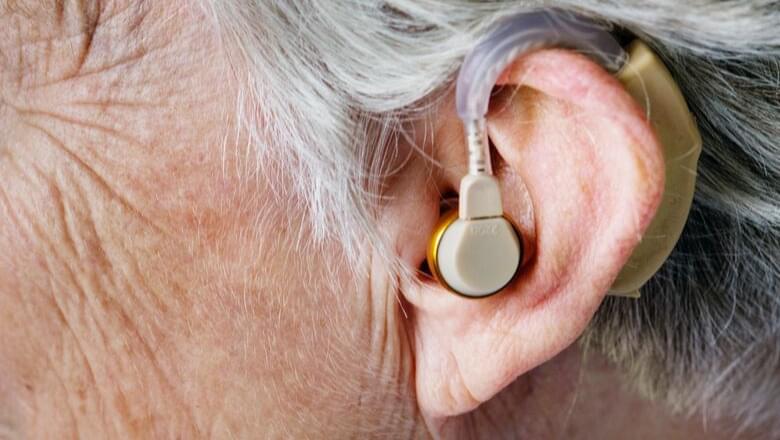In the ’80s, the spy agency investigated the “Gateway Experience” technique to alter consciousness and ultimately escape spacetime. Here is everything you need to know.
She turned to me the other morning and said, “You heard of The Gateway?” It didn’t register in the moment. She continued, “It’s blowing up on TikTok.” Later on, she elaborated: It was not in fact the ill-fated ’90s computer hardware company folks were freaking out about. No, they’ve gone further back in time, to find a true treasure of functional media.
The intrigue revolves around a classified 1983 CIA report on a technique called the Gateway Experience, which is a training system designed to focus brainwave output to alter consciousness and ultimately escape the restrictions of time and space. The CIA was interested in all sorts of psychic research at the time, including the theory and applications of remote viewing, which is when someone views real events with only the power of their mind. The documents have since been declassified and are available to view.







